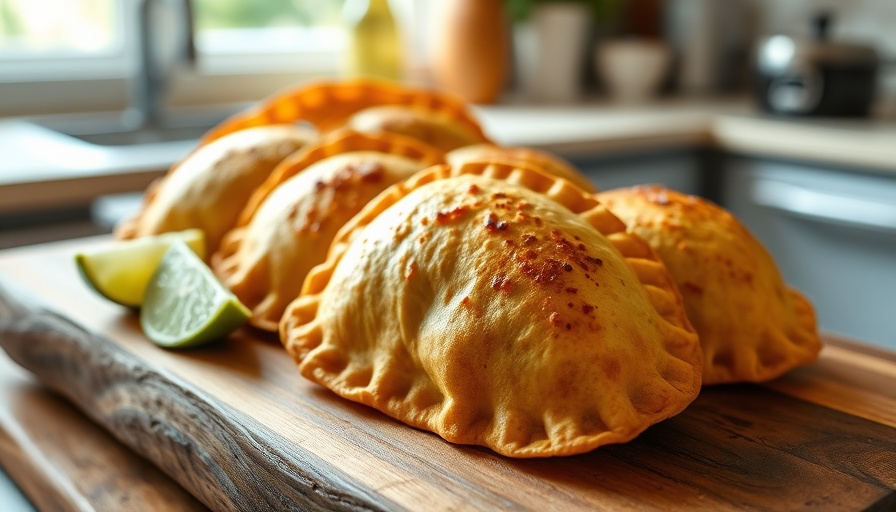
Revamping Peruvian Classics: The Sweet Pepper Huancaína
The culinary world is constantly evolving, and traditional dishes often get a fresh twist that reflects contemporary tastes and available ingredients. One shining example comes from the simple yet flavorful Salsa Huancaína. This beloved Peruvian sauce typically uses the vibrant ají amarillo, but in our featured recipe, we're showing how to substitute it with sweet peppers for an innovative take that avoids the heat while preserving rich flavor.
In HUANCAÍNA PERUANA CON SU PAPA A LA HUANCAÍNA USANDO PIMIENTOS DULCES, the process of creating this beloved sauce takes on an innovative approach, encouraging us to delve deeper into its potential for reinvention.
Bringing Authentic Flavors to Your Restaurant
As a restaurant owner, it’s vital to embrace innovation while staying true to authentic culinary roots. By incorporating dishes like the sweet pepper-based Huancaína, you not only cater to guests who may be sensitive to spice but also attract adventurous eaters looking for authentic Peruvian recipes with a twist. This approach can make your menu stand out in a crowded market, offering both traditional fare and deliciously inventive variations.
Efficiency in the Kitchen: Preparing Huancaína with Sweet Peppers
In the video tutorial, the process starts with cleaning the sweet peppers—after all, a simple dish can be enhanced with proper preparation. The delightful part? This recipe offers a quicker route to producing Salsa Huancaína without long prep times or special ingredients. Utilizing everyday items like garlic, onion, and cheese that are staples in kitchens reduces both costs and cooking times. Your chefs will appreciate the ease of adding this sauce to popular favorites like papa a la huancaína or even as a dip.
Sweet vs. Spicy: Understanding Flavor Profiles
Transitioning from spicy to sweet doesn’t mean sacrificing depth of flavor. The sweet peppers featured in the Huancaína sauce retain that wonderful aroma and taste reminiscent of the classic ají amarillo. By choosing ingredients wisely, chefs can offer both flavors, adjusting them according to diner preferences. This knowledge allows for a nuanced understanding of how ingredients influence dish appeal.
Pairing Huancaína Across the Menu
The versatility of this sauce means it can be paired not only with papa a la huancaína but can also complement lomo saltado, aji de gallina, and even ceviche peruano. By updating your menu with these suggestions, you can inspire your customers to explore existing Peruvian street food adaptations while introducing them to new daily specials that feature this innovative sauce.
With Salsa Huancaína ready to serve, the possibilities for enhancing your menu are deliciously endless.
Call to Action: Inspire Love for Peruvian Cuisine
Now's the time to experiment with your culinary creations! If you've enjoyed learning about this unique twist on Huancaína, don't hesitate to dive deeper into traditional dishes. By committing to a refresh of authentic Peruvian recipes like anticuchos or introducing new Peruvian desserts and drinks, you can excite your patrons' palates. Share this article with your kitchen staff and encourage them to get creative!
 Add Row
Add Row  Add
Add 




Write A Comment